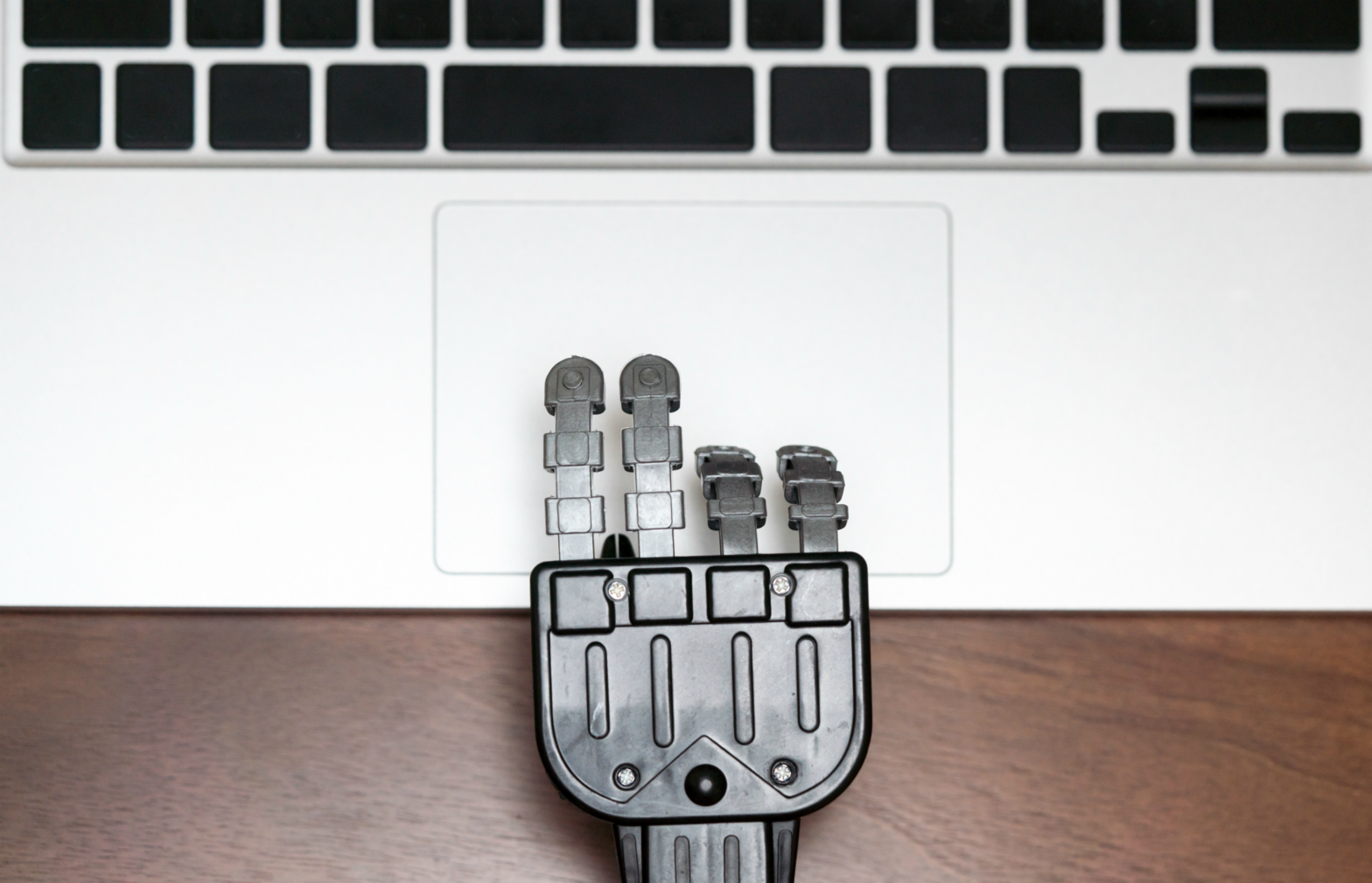The rise of artificial intelligence (AI) and robotics has both excited and concerned the general public in equal measure. While there is no doubt that some jobs as we know them in 2016 may be significantly altered by technology, others will be substantially augmented, to enhance job roles and efficiency, thereby helping companies secure their most important asset – their people.
Analytics, algorithms, big data and automation are all set to dramatically enhance innovation, productivity and decision-making; however, the relationship between humans and machines needs a rethink.
Robot ‘does not compute’
We should view process automation technologies as working alongside smart people rather than supplanting them. Expect new roles to emerge in the wake of automation: the augmented reality designer, the avatar programmer, 'fusionists' who combine art, engineering, research and science, or machine-learning designers who can construct data models and algorithms and create products that anticipate the needs of users and fulfil them before they even have to ask.
Moreover, even the software tools that automate rote process work will still need someone to monitor and correct issues as they arise.
> See also: The droids you're looking for: the AI tech that will make up the intelligent enterprise
Robots are very good at the 'science' of a job, especially where reliance on computational capabilities, analysis and pattern recognition query the most appropriate action to take next, based on all data available.
AI and intelligent process automation are improving results in many sophisticated processes such as loan applications in banking, claims adjudication for insurers, provider verification for healthcare, and clinical data management for life sciences firms, to name just a few areas.
However, there are some things that automation just cannot do, for example, medical management, underwriting and case reviews, as well as speaking or comprehending colloquial slang. That is where a blended model of automation working in tandem with people can provide complementary outcomes.
Wikipedia shows how AI is used to help its human editors pick up any incorrect edits or deliberate content vandalism, complementing the human workforce, rather than eradicating it. According to McKinsey, an organisation’s skills in staffing, managing and leading a blend of automated workforce with humans will increasingly differentiate it.
What human skills and jobs will be needed?
A recent report from Barclays suggested that investing in robotics would actually help create more employment opportunities by boosting the economy, helping to mitigate the decline in manufacturing jobs; especially as there is growing evidence of manufacturing returning to the West. This boost could have a positive impact on employment in the supply chain due to increased demand for raw materials, intermediate products and logistics.
But we must not forget the pivotal role that humans will play. Humans are very good at assessing situations, or the 'art' of the job, and essentially asking 'what is the right thing to do in a given situation?'
Consequentially, customer-facing jobs are likely to remain in the human realm; despite the rise of digital technologies, as face-to-face customer interactions are still crucial in delivering good customer service.
> See also: The rise of intelligent automation in the workplace
Additionally, the rise of robotics we hear so much about is taking place within the wider context of digitisation. Traditional working structures are changing, so softer interpersonal or social skills will determine how effectively clusters of workers can collaborate in a virtual network or maintain team cohesion when people are distributed across wider networks.
What's next?
Whether it is 3D printing, robots, machine learning, artificial intelligence, smart homes, smart cars or the Internet of Things (IoT), there are many phrases that effectively point to the same theme. Processes are becoming digital, instrumented, analysed, and increasingly operated by smart machines and code in conjunction with clever, more skilled humans.
Structural shifts are set to change the future of the workplace and although we will see the continued rise of the machines over the coming years, the human touch will always be needed.
Sourced from Euan Davis, European Lead for the Centre for the Future of Work, Cognizant







